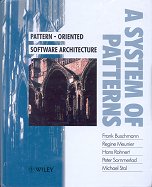In a time where systems are constantly at risk, it is essential that you arm yourself with the knowledge of different security measures. This pioneering title breaks down security at various levels of the system: the enterprise, architectural and operational layers. It acts as an extension to the larger enterprise contexts and shows you how to integrate security in the broader engineering process.
Essential security topics include:
• Enterprise level security – security management, principles,
institutional policies (such as need-to-know) and enterprise needs
(including confidentiality, integrity, availability, accountability, I&A,
access control and audit).
• Architectural level security – system level solutions
responding to enterprise level policies – and the most important level
for facilitating building security into a system.
• User level security – concerned with achieving security
in operational contexts.

